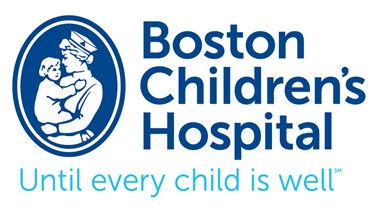Boston Children's Hospital Turns To Hollywood To Improve Simulators

By Christine Kern, contributing writer

Surgical simulators get boosted with Hollywood special effects for more realistic experiences.
Boston Children’s Hospital has honed scenario-based simulation training in medicine for 15 years with its Simulation Program. Now it has launched the SIM Network, establishing a travelling training program offering more than 50 courses at nine community hospitals across eastern Massachusetts.
The intent of the program (also called SIMPeds) is to provide medical teams with the opportunity to practice and improve their skills that fosters learning without placing patients at risk. “Medicine is one of the few high-risk industries where people do not practice prior to game time,” says Peter Weinstock, MD, PhD, a pediatric intensivist and director of SIMPeds. “Additionally, in pediatrics it’s a question of opportunities. Children are generally healthy, and there are few places that see a lot of children, especially those with rare conditions or who are severely ill.”
And in order to make the simulation as lifelike as possible, Boston Children’s turned to some Hollywood special effects folks for assistance. Fractured FX, a Los Angeles makeup and special effects company, has announced they will be partnering with the Simulator Program at Children’s to create a line of plastic model patients with body parts that look and feel real.
“There is nothing like this on the market currently — they’re all just plastic white faces,” Weinstock told Beta Boston. “There’s no question that when people go into this environment, they feel it’s quite realistic.”
“It’s about the feel, it’s about the look,” Weinstock told CBS Boston. “These simulators, as realistic as they are on the outside, are as realistic on the inside.”
“The current training model, if you call it that, for the patients is the patients,” Weinstock told PC World. Making the simulators more realistic means there is more emotional buy-in from the surgeons. The new models are about “being able to hit a level of realism that allows them to fully suspend disbelief and completely engage in the surgery or the procedure.”
To date, the team has created two models: a Caucasian tween with freckled skin for neurosurgeons, and a newborn model to train surgeons in heart and lung operations. “For neurosurgeons, the inside needs to look realistic,” Dr. Roberta Rehder, a research fellow at Children’s who helped lead a pilot study with 10 neurosurgery residents using the model as a tool, said.
Weinstock explained the Simulator Program has 18 full-time staff members and involved in a number of projects like a 3-D-printing unit that makes scale replicas of organs. Approximately 250 hospital clinicians use the various models and simulation software for about 1,500 simulation events per year.
“Fractured FX is a special makeup effects company in Los Angeles,” says Jason Raleigh a special effects artist at the company. “We’re specifically known for medical realism,” says Raleigh. Fractured FX has done work for American Horror Story and for The Knick, a medical drama set a hundred years ago.
